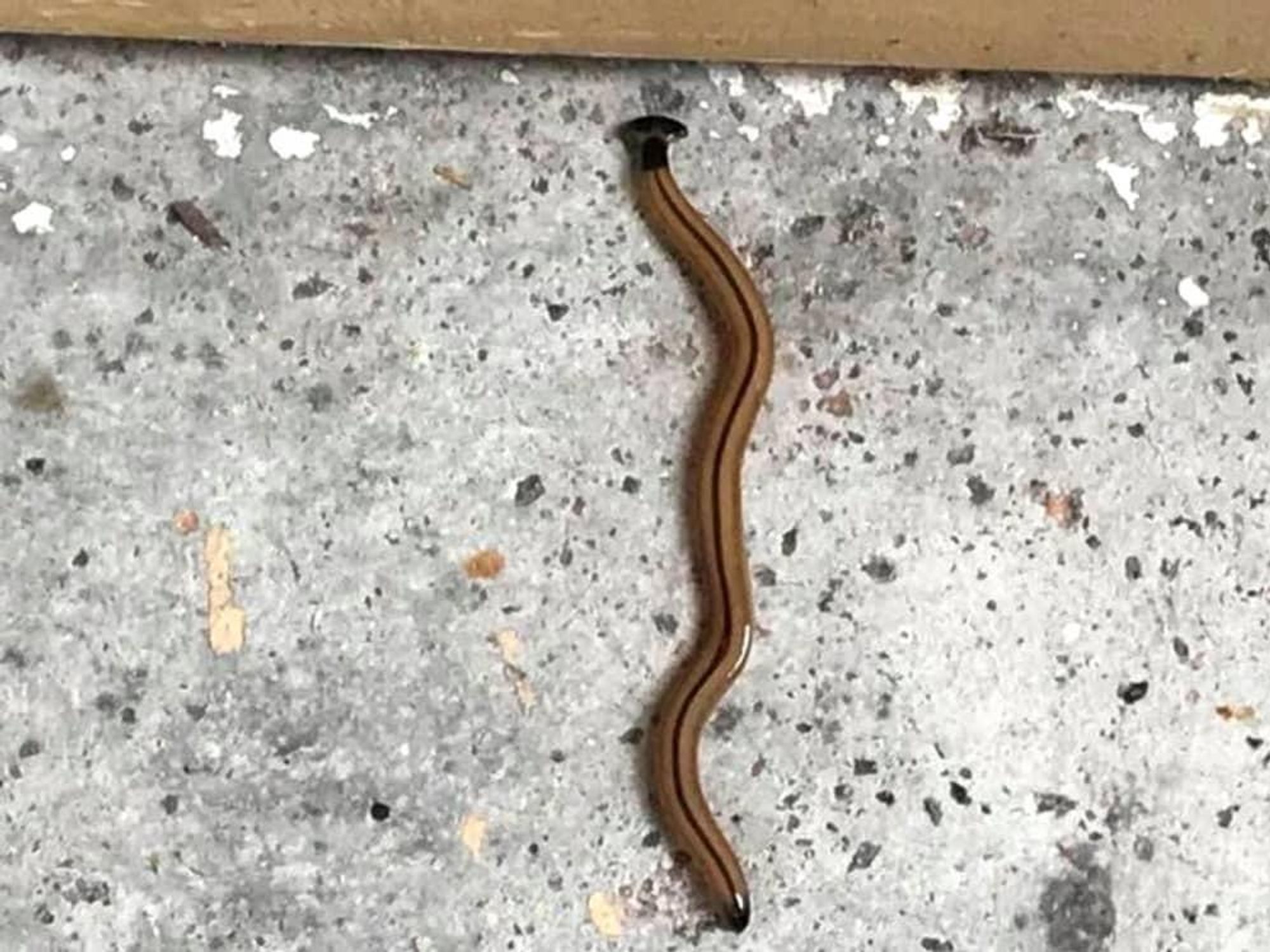Worm News
Latest species to invade Dallas is an icky super-long predatory worm

Like red ants and killer bees aren't bad enough, there's another invasive species in Texas that has slithered into Dallas-Fort Worth: an extra-long worm — it can be nearly a foot long — disgusting on its own, but also predatory, in that it eats earthworms, which are essential to maintain healthy soil.
It's called a hammerhead flatworm, and The Texas Invasive Species Institute confirms that they're starting to be spotted in the Dallas-Fort Worth area.
Ashley Morgan-Olvera, the institute's director of research and outreach, told the Fort Worth Star-Telegram that they've received hundreds of reports of hammerhead flatworms in the past few weeks of heavy rain.
The species is more established in Southeast Texas, but is being spotted in Dallas, Tarrant, and Smith counties, and even as far north as Missouri.
They're called hammerhead worms because they have a flattened head that resembles the Hammerhead shark. Also known as hammerhead slugs, they're thought to be native to Southeast Asia, and accidentally introduced to North America during the early 1900s with the importation of plants.
They require humidity and can't survive in the desert, one good reason to move to the desert.
They're to be avoided: While preying on sweet gentle earthworms, the flatworms secrete a neurotoxin that is necessary for them to able to digest them — one that can irritate your skin and make your pets sick if eaten.
They also can transmit harmful parasites to humans and mammals, so you're advised to #1 not touch them with your bare hands; and #2 dispose of them properly, which means: place them in sealed bags with salt or vinegar and freeze them overnight (possibly a challenge if you're also not touching them).
Also: If you find one, report it to the Texas Invasive Species Institute, which has a page dedicated to the worm's habits, as well as a summary of the 800 or so other invasive species that have invaded Texas.
The Institute offers a warning: Do not cut the hammerhead worm in half or smash them into bits with your shovel in a psychotic fury. If you do, new heads will form within ten days, and you've created more hammerhead worms.
